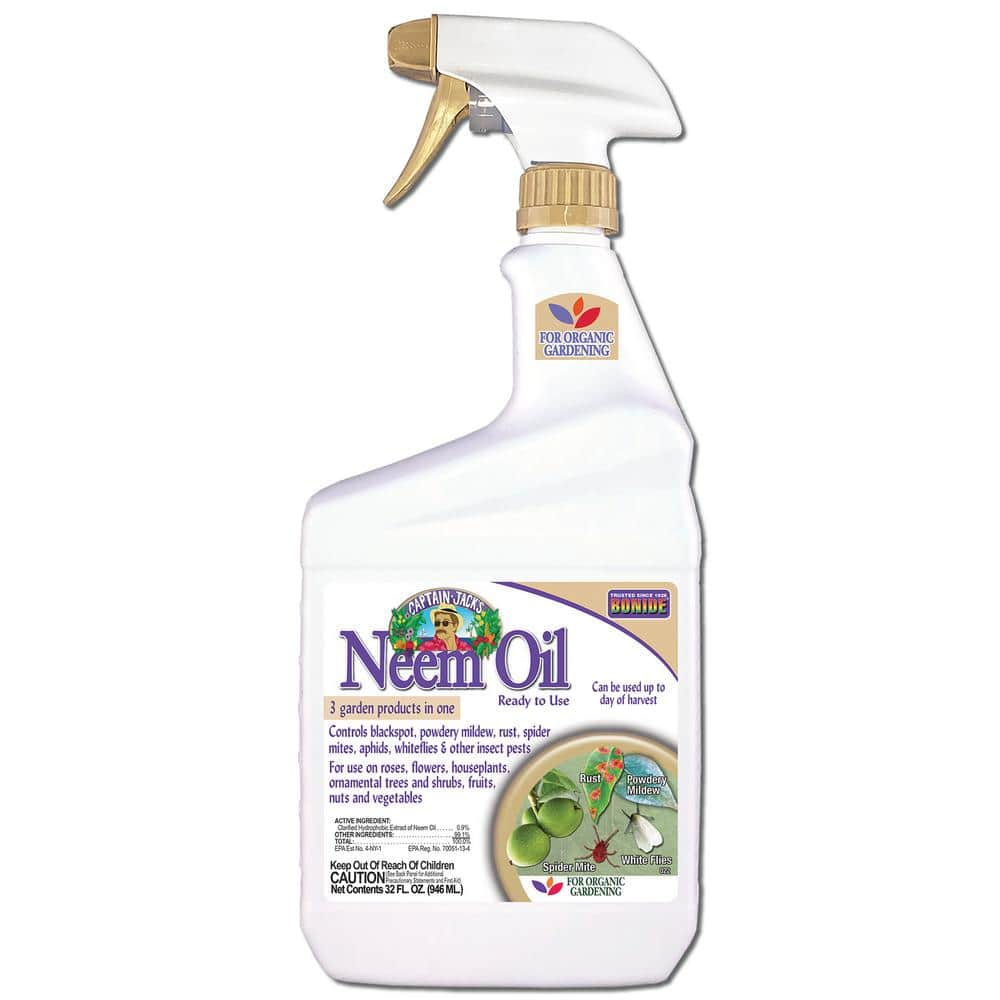Table of Content
If the fungus is on fruit trees or vegetable plants, you can safely continue to spray every seven to ten days until harvest. If possible, spray plants when you’ll have at least 12 hours of dry weather following application. Southern Ag’s 32-ounce liquid copper concentrate contains over 27% copper diammonia diacetate, making it super tough on mildew, rust, black spot, and many more stubborn fungal infections. As for dealing with early symptoms of disease on mature plants, copper fungicide can safely be applied every 7-10 days up until harvest.

Every copper-based fungicide product has different strengths and applications, but as long as the directions are followed correctly, it will be safe for all plant types. There are many different copper fungicide formulas out there in liquid, paste, and powder forms – each one containing varying levels of copper, different active ingredients, etc. When used in small amounts and as directed on the label, copper fungicide is perfectly safe for humans. Keep affected plants isolated to avoid spreading fungal spores to healthy ones. Though copper fungicide has been approved under the USDA National Organic Program, it is technically classified as a synthetic.
How to Use Copper Fungicide
There are many formulations of copper products on the market, differing widely in the amount of copper, active ingredients, rate of application, and other factors. Fungal diseases can be a real problem for gardeners, especially when the weather is warmer and wetter than usual. Copper fungicides are often the first line of defense, especially for gardeners who prefer to avoid chemical fungicides. Using copper fungicides is confusing but knowing exactly when to use copper fungicide is the key to success. However, fungal diseases are difficult to control, and results aren’t guaranteed.
It can even be effective on algae on your lawn and kill moss on live oak trees. Divided many organic growers since copper sulfate is still a much-relied-upon fungicide.
Is Copper Fungicide Safe for Bees?
Avoid use on copper-sensitive plants, however, such as bromeliads, ivy, and annual geraniums. When used in large quantities, the copper element can cause “phytotoxicity,” killing or severely damaging plant tissues. Javascript is required to view Recently ViewedStay in the know with exclusive deals and event updates.
Typically, most copper fungicide products come in a ready-to-use spray. Generally, most spray products suggest applying copper fungicide weekly or every 10 days until symptoms disappear. Typically, fungicides are applied at a rate of 1 to 3 teaspoons per gallon (5-15 ml. per 4 L.) of water. However, it’s critical to read the label directions carefully to determine rate of application for each specific product.
How Does Copper Fungicide Work?
Reapply the product every seven to ten days because fungicides degrade after application. This 16-ounce liquid concentrate has a low concentration of copper soap (10%) and can be used right up to the day of harvest to tackle many common and uncommon plant diseases and can even be effective on late-stage blight. Many gardeners also apply copper-based fungicide to plants or trees that are nearby a diseased plant as a preventative measure.
Allow the plant to completely dry in a warmer room with good air circulation before taking it outside and spraying it all over with the fungicide. Preventative sprays are normally applied to trees during winter to take advantage of cool, dry periods and the tree’s dormant state. Always follow the guidelines set by the manufacturer as each product may vary in terms of dosage and may mention certain weather or temperature limits for the fungicide to be used to best effect. Products often recommend wearing protective gloves and clothing, masks, and eyewear when applying as it has been known to cause eye/skin irritation. Bordeaux mixture,which combines copper and lime and is often applied to trunks with a wide paintbrush.
Let’s look at how it can be used and how safe it is, and we’ll share our pick of the best copper fungicide products and more. It’s also very strong, risking overkill when used in large amounts, so be sure to use it sparingly, and make sure you have correctly identified a fungal infection on your indoor or outdoor plant before applying it. This 32-ounce, ready-to-use spray by Monterey allows you to apply diluted fungicide solution directly and safely onto your plants from the bottle thanks to the easy trigger spray nozzle. You can then spray the solution directly onto your plants when you first notice the symptoms of fungal infection – targeting the tops and undersides of the leaves – and repeat weekly.
When dissolved in water or combined with other compounds, copper can penetrate diseased plant tissue and prevent fungi and bacteria from spreading further since these organisms are sensitive to copper ions. Copper fungicide can be a very effective preventative when it comes to keeping many of your plants and trees disease free. Simply mix in with water, and use as a cover spray using a hose-end sprayer to apply to your favorite fruits, vegetables, and ornamentals. Whenever possible, at least 12 hours of dry weather should follow a copper fungicide application.
As copper fungicide is a deterrent and not a cure, it won’t always be effective on plants with a late stage of blight. Conversely, copper fungicide should not be something you reach for when minimal marks/spots appear on leaves as this could be controlled by trimming or pruning the affected areas and monitoring for possible spread. Other factors can make copper applications a little more risky, such as using it on new leaves, wet leaves, or during wet weather periods when the product hasn’t been able to dry sufficiently. Copper fungicide refers to any plant product with copper sulfate as an active ingredient.

Otherwise, they will come in a bottle of concentrated liquid copper that normally advises mixing 0.5 to 2 ounces of the liquid per gallon of water in a spray bottle . As the young foliage and flowers on fruit trees can be damaged by copper, applying fungicide specifically at bud break or immediately after planting is best. Copper fungicide is generally safe for bees but only when it is applied to plants or trees late in the day when bees are not actively pollinating or foraging.
Otherwise, apply the product immediately when you first notice signs of fungal disease. That said, its effectiveness is limited against late blight of potatoes and tomatoes. Since copper is toxic, it can also cause serious damage by killing plant tissues. If you are considering using copper fungicide, be sure to read the label carefully.

No comments:
Post a Comment